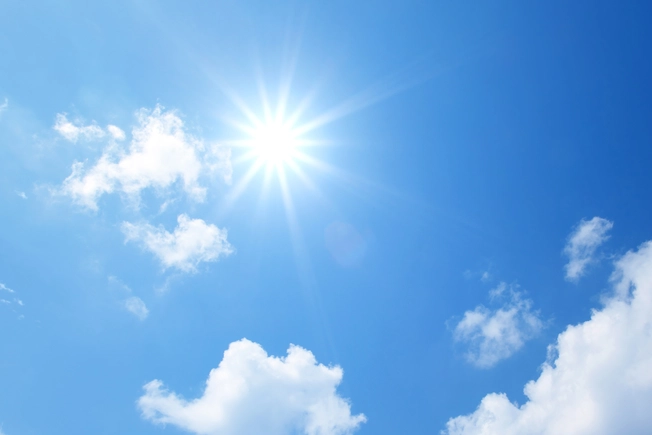Simple Steps to Boost Bone Health


Strong Bones For Life
Weak and brittle bones don’t have to be part of aging. Your bones are a living tissue that rebuilds itself. Your bone mass reaches its peak between your mid 20s and mid 30s. You can “borrow” from that banked strength as you get older. Here’s how to get, and keep, your bones dense at any age.

Calcium: Why You Need It
If you’re like most Americans, you probably don’t get enough of this mineral to keep your bones healthy. Calcium makes your bones hard and dense. If your calcium levels are too low, your body takes it from your bones. Too much loss may lead to osteoporosis, or brittle bone disease. That raises your chances for falls and broken bones.

Calcium: How to Get It
Starting around age 50, you need about 1,200 milligrams of calcium a day to stop bone loss. But you should get even more, 1,300 milligrams daily, between ages 9 to 18 to stock up for adulthood. Good food sources include:
• 1 cup plain low-fat yogurt (300 milligrams)
• 1/2 cup firm tofu with calcium (200 milligrams)
• 1 cup baked beans (140 milligrams)
• 3 ounces canned salmon with edible bones (180 milligrams)

Vitamin D: Why You Need It
It works in tandem with calcium. Without vitamin D, you can’t absorb the calcium from foods. That forces your body to raid your skeleton for the nutrient. That weakens your bones. It also prevents your body from building strong new bone. A blood test can tell you your levels. The normal vitamin D level for adults is equal to or greater than 20 ng/mL. Less than 12 ng/mL means you’re vitamin D deficient.

Vitamin D: How to Get It
Your skin makes vitamin D from sunlight. Just a few minutes of sun each day should do it. The second way is from foods. Good sources include:
• Fatty fish like salmon, tuna, or mackerel
• Fortified milk from cows, almonds, soy, and oats
• Eggs
• Pork
• Fortified cereal
Supplements might help. But talk to your doctor first. Too much could be harmful.

Get Physical Every Day
When you exercise regularly, your body responds by adding more bone. Adults who work out can help prevent bone loss that usually starts in your 30s. Bonus: Exercise builds muscles, which help improve your balance and coordination. So you may be less likely to fall in the first place.

Best Exercises to Build Bones
Weight-bearing activities. You work against gravity by:
• Running
• Walking
• Dancing
• Climbing stairs
These exercises are site specific. So jogging may strengthen the bones in your legs and feet, but not your arms.
Resistance exercise. This is also called strength training. It taxes your bones so they can grow heavier and denser. Try:
• Pushups
• Free weights
• Rowing
• Resistance bands
Aim for at least 30 minutes of any type of exercise each day.

Quit Smoking
Nearly 1 in 7 American adults smoke. It’s a known risk factor for osteoporosis. Nicotine and other chemicals in tobacco slow the production of bone-forming cells. They also hinder blood flow to your bones. The result is frail bones that are more apt to break. That can be a concern especially in your spine, which already doesn’t get much blood.

Cut Out Added Sugar
Your body does not need any added sugar from soft drinks, cookies, and other processed foods. Too much added sugar may hurt your bone health because it:
● Causes your body to flush out bone-strengthening calcium and magnesium in your pee
● Prevents your intestines from taking in enough calcium
● Displaces important nutrients from your diet

Limit Alcohol
Heavy drinking can lead to more falls. It also makes your bones easier to break by interfering with with bone-growth cells called osteoblasts. Heavy drinking means 15 drinks or more per week for men and eight drinks or more for women. A drink is 12 ounces of beer, 5 ounces of wine, or 1.5 ounces of vodka, whiskey, and other hard liquor. It’s unclear if moderate drinking (one or fewer drinks daily for women and two or fewer for men) helps or hurts your bone health.